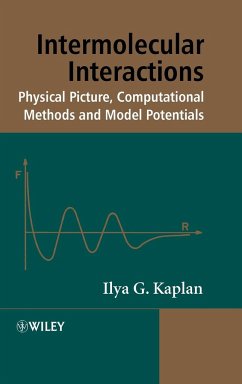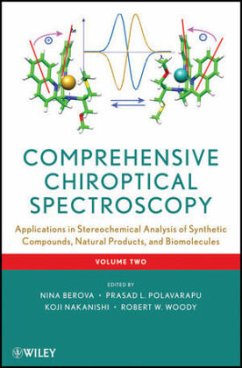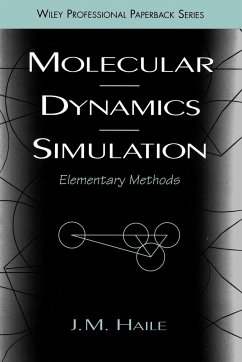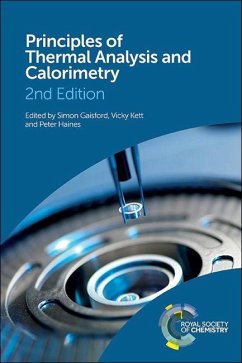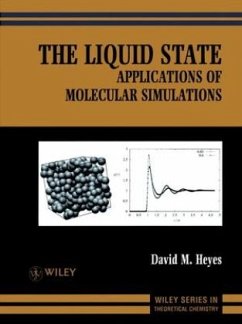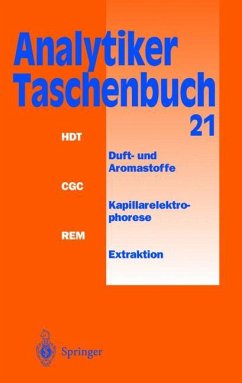
Comprehensive Handbook of Calorimetry and Thermal Analysis
Versandkostenfrei!
Versandfertig in über 4 Wochen
334,99 €
inkl. MwSt.

PAYBACK Punkte
167 °P sammeln!
One of the field's leading leading research centers has produced an essential and up-to-date resource covering two fields not normally brought together in the literature. Professor Sorai is a world-recognised expert in the field of thermodynamics and leads key researchers to provide complete coverage of the subject without overloading the reader._ Comprehensive survey with practical examples_ Provides coverage of principles, experimental methods, data analysis, databases and applications_ Include applications in many disciplines, such as biochemistry, pharmacy, food, polymers, engineering and ...
One of the field's leading leading research centers has produced an essential and up-to-date resource covering two fields not normally brought together in the literature. Professor Sorai is a world-recognised expert in the field of thermodynamics and leads key researchers to provide complete coverage of the subject without overloading the reader.
_ Comprehensive survey with practical examples
_ Provides coverage of principles, experimental methods, data analysis, databases and applications
_ Include applications in many disciplines, such as biochemistry, pharmacy, food, polymers, engineering and the fine chemical industries, in both industry and academia
_ Comprehensive survey with practical examples
_ Provides coverage of principles, experimental methods, data analysis, databases and applications
_ Include applications in many disciplines, such as biochemistry, pharmacy, food, polymers, engineering and the fine chemical industries, in both industry and academia



